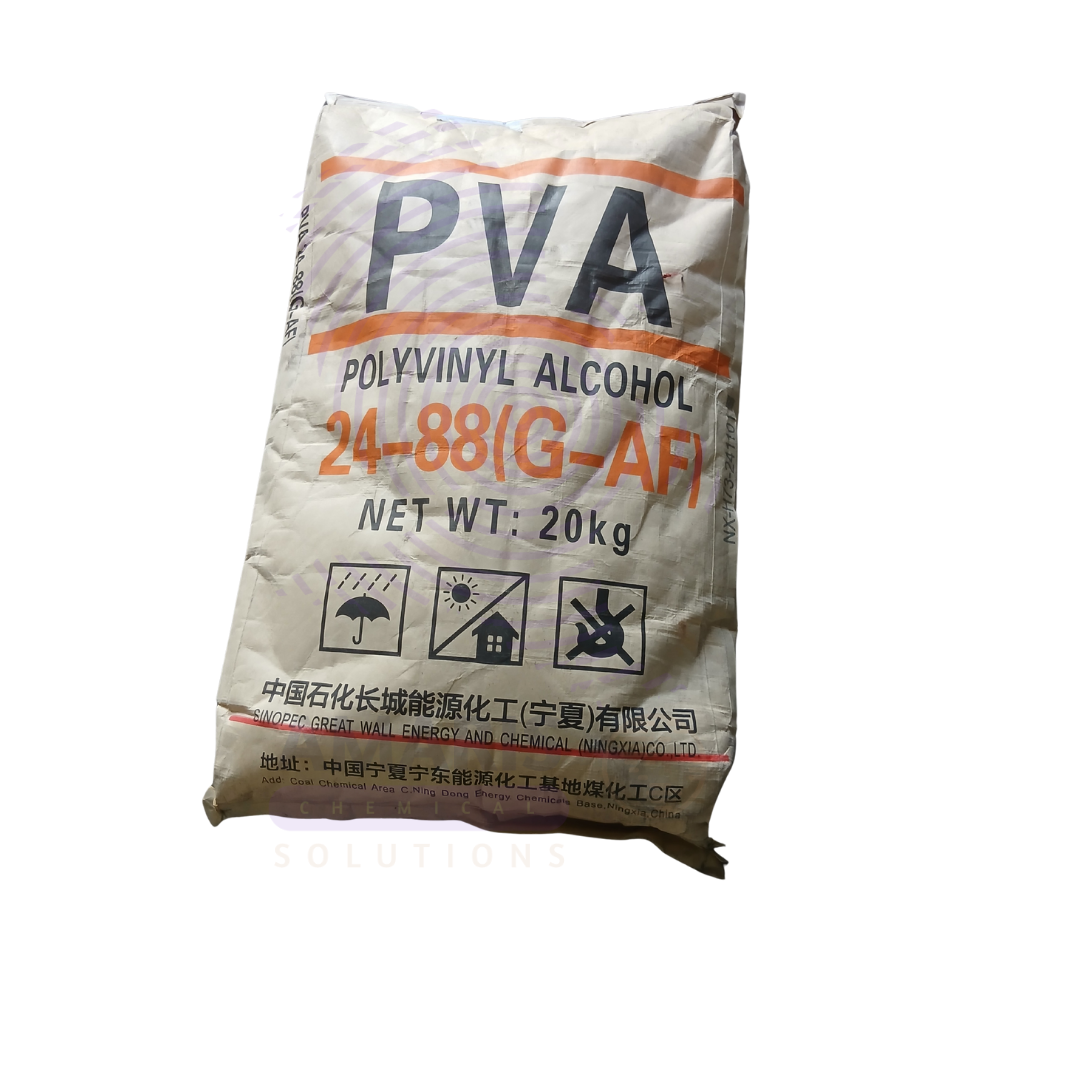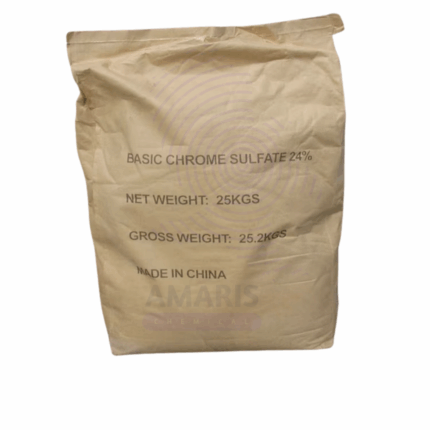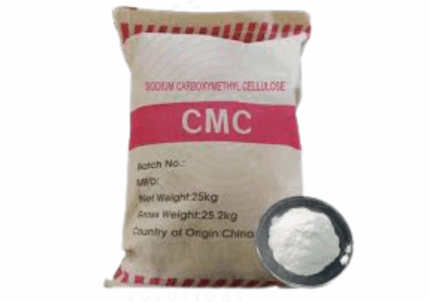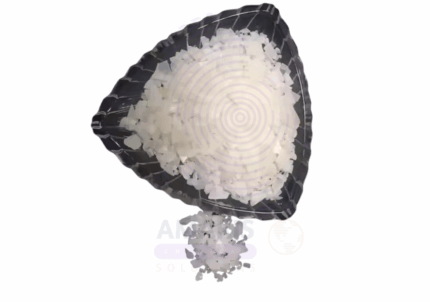
Citric Acid Monohydrate
$ 2.24 Original price was: $ 2.24.$ 2.12Current price is: $ 2.12.

Beeswax
$ 14.70 Original price was: $ 14.70.$ 14.59Current price is: $ 14.59.
Polyvinyl Alcohol
$ 2.25 Original price was: $ 2.25.$ 2.14Current price is: $ 2.14.
Whatsapp Order
Polyvinyl Alcohol is a synthetic, water-soluble polymer made by the hydrolysis of polyvinyl acetate. It is known for excellent film-forming, emulsifying, and adhesive properties. PVA is widely used across industries for applications requiring biodegradable, non-toxic, and flexible materials. It offers good chemical resistance, mechanical strength, and compatibility with other polymers and additives.
Category: OTHERS
Tags: Adhesives & Sealants, Polyvinyl Alcohol, PVA, Synthetic Resin, Water-Soluble Polymer
Description
Table of Contents
Toggle
Polyvinyl Alcohol
Primary Uses
- Adhesives & Coatings
- Used in paper, textile, and wood adhesives.
- Forms clear, flexible films and coatings with excellent adhesion.
- Applied in water-based paints and surface coatings for enhanced durability.
- Used in paper, textile, and wood adhesives.
- Textile Industry
- Used as a sizing agent to strengthen yarns during weaving.
- Improves fabric finish and reduces breakage.
- Serves as a binder in non-woven fabrics and textile finishing.
- Used as a sizing agent to strengthen yarns during weaving.
- Packaging Films
- Produces biodegradable, water-soluble films used in packaging detergents, agrochemicals, and pharmaceuticals.
- Used in pouches and bags that dissolve in water.
- Produces biodegradable, water-soluble films used in packaging detergents, agrochemicals, and pharmaceuticals.
- Paper Industry
- Acts as a coating agent and binder in paper production to improve printability and strength.
- Enhances resistance to oil, grease, and water.
- Acts as a coating agent and binder in paper production to improve printability and strength.
- Pharmaceuticals & Medical Applications
- Used in controlled drug delivery systems and tablet coatings.
- Ingredient in eye drops and contact lens solutions.
- Used in wound dressings and hydrogels.
- Used in controlled drug delivery systems and tablet coatings.
Secondary Uses
- Cosmetics
- Used as a film former and thickener in lotions and creams.
- Provides texture and stability in personal care products.
- Used as a film former and thickener in lotions and creams.
- 3D Printing
- Used as a water-soluble support material for complex 3D prints.
- Used as a water-soluble support material for complex 3D prints.
- Construction
- Used as a binder and additive in cement and mortar to improve workability and strength.
- Used as a binder and additive in cement and mortar to improve workability and strength.
- Agriculture
- Applied as a coating agent for seeds and agrochemical formulations.
KEY PRODUCT FEATURES
1. Basic Identification Attributes
- Chemical Name (IUPAC): Poly(1-hydroxyethylene)
- Common/Trade Name: Polyvinyl Alcohol, PVA
- CAS Number: 9002-89-5
- HS Code: 3905.30.00 (Polymers of vinyl alcohol)
- Synonyms: PVOH, Polyvinyl alcohol resin
2. Physical & Chemical Properties
- Physical State: White powder or granules
- Color: White
- Odor: Odorless
- Solubility: Soluble in water (degree depends on hydrolysis and polymerization)
- Melting Point: ~200 °C (decomposes)
- Density: 1.19–1.31 g/cm³
- Degree of Hydrolysis: Typically 80–99%
- Viscosity: Variable depending on molecular weight and solution concentration
3. Safety & Hazard Attributes
- GHS Classification: Not classified as hazardous
- Toxicity: Low toxicity; generally regarded as safe
- Irritation Potential: May cause mild skin or eye irritation in dust form
- Flammability: Combustible in powder form
4. Storage & Handling Attributes
- Storage Conditions: Store in a cool, dry, and well-ventilated area
- Container Type: Supplied in sealed bags or drums
- Shelf Life: Typically 2 years if stored properly
- Handling Precautions: Avoid dust formation; use dust mask and protective equipment when handling powder
5. Regulatory & Compliance Attributes
- Complies with:
- FDA regulations for food contact materials (where applicable)
- REACH and other international chemical safety standards
- USP/NF for pharmaceutical grades
6. Environmental & Health Impact
- Biodegradability: Biodegradable under aerobic conditions
- Ecotoxicity: Low environmental risk
- Bioaccumulation: Not expected to bioaccumulate
- Carcinogenicity/Mutagenicity: Not classified as hazardous
SAFETY HANDLING PRECAUTIONS
Safety Handling Precautions
- PPE Required: Gloves, dust mask, and safety goggles recommended during powder handling
- Handling Guidelines: Use local exhaust ventilation to minimize dust; avoid inhalation and prolonged skin contact
- Storage Measures: Keep containers tightly closed and dry
First Aid Measures
- Inhalation: Move to fresh air; seek medical attention if breathing difficulty occurs
- Skin Contact: Wash with soap and water; seek medical advice if irritation persists
- Eye Contact: Rinse with plenty of water for at least 15 minutes; seek medical attention if irritation continues
- Ingestion: Rinse mouth; seek medical advice if discomfort occurs
Firefighting Measures
- Fire Hazards: Combustible; powder form can form explosive dust clouds
- Extinguishing Media: Use water spray, foam, dry chemical, or CO₂
- Special Precautions: Avoid dust accumulation; use appropriate respiratory protection
- Hazardous Combustion Products: May produce carbon monoxide, carbon dioxide, and other toxic fumes
Related products
Basic Chrome
Basic Chrome Sulfate, commonly referred to as Basic Chrome, is a chromium-based chemical compound primarily used in the leather tanning industry. It appears as a greenish crystalline powder and contains chromium(III) sulfate complexed with basic chromium salts. Basic Chrome is favored for its ability to produce soft, flexible, and durable leather by crosslinking collagen fibers. It is the most widely used tanning agent worldwide due to its effectiveness and cost-efficiency. Besides tanning, Basic Chrome finds applications in other industries like pigments and catalysts.
Carboxymethyl Cellulose Sodium
Carboxymethyl Cellulose Sodium, is a water-soluble anionic cellulose ether derived from natural cellulose. It appears as a white to off-white, odorless, tasteless powder or granule. Known for its excellent thickening, stabilizing, emulsifying, and water-retention properties, CMC is widely used in food, pharmaceutical, personal care, industrial, and detergent applications. It functions by modifying the rheological properties of solutions and suspensions, offering control over viscosity and flow. Its biocompatibility, non-toxicity, and biodegradability make it suitable for both human use and environmentally friendly formulations.
Ethylene Glycol Monoethyl Ether
Ethylene Glycol Monoethyl Ether, also known as 2-Ethoxyethanol or Ethyl Cellosolve, is a clear, colorless, and hygroscopic liquid with moderate volatility and excellent solvency. It belongs to the glycol ether family and is widely used as a solvent and coalescing agent due to its ability to dissolve both polar and non-polar compounds. It is miscible with water and many organic solvents and has a moderate boiling point (~135°C). It finds extensive applications across coatings, inks, adhesives, cleaners, and chemical synthesis industries.
Lacitex
Lacitex is a high-quality natural latex concentrate derived from Hevea brasiliensis (rubber tree) latex. It is a milky, white colloidal suspension primarily used in the manufacture of latex-based products such as gloves, adhesives, coatings, and foam rubber. Lacitex offers excellent film-forming properties, elasticity, and tensile strength. It provides superior binding, water resistance, and flexibility in finished products, making it widely valued in various industrial and manufacturing applications.
Polyethyl Glycol( PEG 6000)
Polyethyl Glycol( PEG 6000) is a high-molecular-weight polymer derived from ethylene oxide. It appears as a white, waxy solid or flake and is non-toxic, water-soluble, and chemically stable. PEG 6000 is widely used in pharmaceuticals, cosmetics, food processing, industrial formulations, and biotechnology, valued for its lubricating, solubilizing, binding, and moisturizing properties. It is odorless and tasteless, making it suitable for sensitive formulations.
Tanbate
Tanbate is a synthetic tanning agent widely used in the leather industry to produce soft, supple, and durable leather. It is known for its ability to impart good fullness, grain tightness, and enhanced water resistance to leather products. Tanbate improves the physical properties of hides during the tanning process, resulting in high-quality finished leather suitable for footwear, garments, upholstery, and accessories.


 Preservatives(food)
Preservatives(food) Flavor Enhancers
Flavor Enhancers Acidulants
Acidulants Sweeteners
Sweeteners Antioxidants
Antioxidants Colorants(food)
Colorants(food) Nutraceutical Ingredients (food)
Nutraceutical Ingredients (food) Nutrient Supplements
Nutrient Supplements Emulsifiers
Emulsifiers
 Collectors
Collectors Dust Suppressants
Dust Suppressants Explosives and Blasting Agents
Explosives and Blasting Agents Flocculants and Coagulants
Flocculants and Coagulants Frothers
Frothers Leaching Agents
Leaching Agents pH Modifiers
pH Modifiers Precious Metal Extraction Agents
Precious Metal Extraction Agents
 Antioxidants(plastic)
Antioxidants(plastic) Colorants (Pigments, Dyes)
Colorants (Pigments, Dyes) Fillers and Reinforcements
Fillers and Reinforcements Flame Retardants
Flame Retardants Monomers
Monomers Plasticizers
Plasticizers Polymerization Initiators
Polymerization Initiators Stabilizers (UV, Heat)
Stabilizers (UV, Heat)
 Antifoaming Agents
Antifoaming Agents Chelating Agents
Chelating Agents Coagulants and Flocculants
Coagulants and Flocculants Corrosion Inhibitors
Corrosion Inhibitors Disinfectants and Biocides
Disinfectants and Biocides Oxidizing Agents
Oxidizing Agents pH Adjusters
pH Adjusters Scale Inhibitors( water)
Scale Inhibitors( water)
 Antioxidants(cosmetic)
Antioxidants(cosmetic) Emollients
Emollients Fragrances and Essential Oils
Fragrances and Essential Oils Humectants
Humectants Preservatives
Preservatives Surfactants(cosmetic)
Surfactants(cosmetic) Thickeners
Thickeners UV Filters
UV Filters
 Fertilizers
Fertilizers Soil Conditioners
Soil Conditioners Plant Growth Regulators
Plant Growth Regulators Animal Feed Additives
Animal Feed Additives Biostimulants
Biostimulants Pesticides (Herbicides, Insecticides, Fungicides)
Pesticides (Herbicides, Insecticides, Fungicides)
 Active Pharmaceutical Ingredients (APIs)
Active Pharmaceutical Ingredients (APIs) Excipients
Excipients Solvents(pharmaceutical)
Solvents(pharmaceutical) Antibiotics
Antibiotics Antiseptics and Disinfectants
Antiseptics and Disinfectants Vaccine Adjuvants
Vaccine Adjuvants Nutraceutical Ingredients (pharmaceutical)
Nutraceutical Ingredients (pharmaceutical) Analgesics & Antipyretics
Analgesics & Antipyretics
 Analytical Reagents
Analytical Reagents Solvents(lab)
Solvents(lab) Chromatography Chemicals
Chromatography Chemicals Spectroscopy Reagents
Spectroscopy Reagents microbiology-and-cell-culture-reagents
microbiology-and-cell-culture-reagents Molecular Biology Reagents
Molecular Biology Reagents Biochemical Reagents
Biochemical Reagents Inorganic and Organic Standards
Inorganic and Organic Standards Laboratory Safety Chemicals
Laboratory Safety Chemicals Specialty Laboratory Chemicals(Special Laboratory Equipment)
Specialty Laboratory Chemicals(Special Laboratory Equipment)
 Demulsifiers
Demulsifiers Hydraulic Fracturing Fluids
Hydraulic Fracturing Fluids Scale Inhibitors(oil)
Scale Inhibitors(oil) Surfactants(oil)
Surfactants(oil) Drilling Fluids
Drilling Fluids
 Dyes and Pigments
Dyes and Pigments Bleaching Agents
Bleaching Agents Softening Agents
Softening Agents Finishing Agents
Finishing Agents Antistatic Agents
Antistatic Agents
 Admixtures
Admixtures Waterproofing Agents
Waterproofing Agents Sealants and Adhesives
Sealants and Adhesives Curing Compounds
Curing Compounds Concrete Repair Chemicals
Concrete Repair Chemicals Anti-Corrosion Coatings
Anti-Corrosion Coatings
 Surfactants(cleaning)
Surfactants(cleaning) Builders
Builders Enzymes
Enzymes Solvents (Cleaning)
Solvents (Cleaning) Fragrances
Fragrances
 Electronic Chemicals
Electronic Chemicals Catalysts
Catalysts Lubricants
Lubricants Photographic Chemicals
Photographic Chemicals Refrigerants
Refrigerants Automotive chemicals
Automotive chemicals Pyrotechnic Chemicals
Pyrotechnic Chemicals
 Biodegradable Surfactants
Biodegradable Surfactants Bio-based Solvents
Bio-based Solvents Renewable Polymers
Renewable Polymers Carbon Capture Chemicals
Carbon Capture Chemicals Wastewater Treatment Chemicals
Wastewater Treatment Chemicals
 Pigments
Pigments Solvents(paint)
Solvents(paint) Specialty Coatings
Specialty Coatings Binders/Resins
Binders/Resins Additives
Additives Driers
Driers Anti-Corrosion Agents
Anti-Corrosion Agents Functional Coatings
Functional Coatings Application-Specific Coatings
Application-Specific Coatings
 Fresh Herbs
Fresh Herbs Ground Spices
Ground Spices Whole Spices
Whole Spices Spice Blends
Spice Blends Dried Herbs
Dried Herbs
 Leavening Agents
Leavening Agents Dough Conditioners
Dough Conditioners Flour Treatments
Flour Treatments Fat Replacers
Fat Replacers Decoratives
Decoratives Preservatives(baking)
Preservatives(baking)
 Plasticizers & Softeners
Plasticizers & Softeners Reinforcing Agents
Reinforcing Agents Adhesion Promoters
Adhesion Promoters Vulcanizing Agents
Vulcanizing Agents Antidegradants
Antidegradants Blowing Agents
Blowing Agents Fillers & Extenders
Fillers & Extenders Accelerators & Retarders
Accelerators & Retarders





















